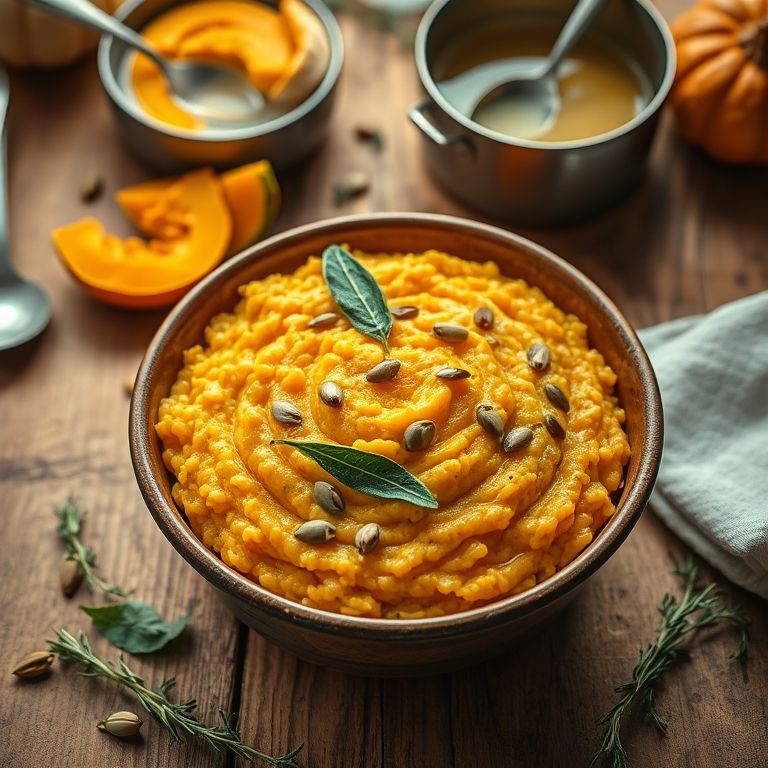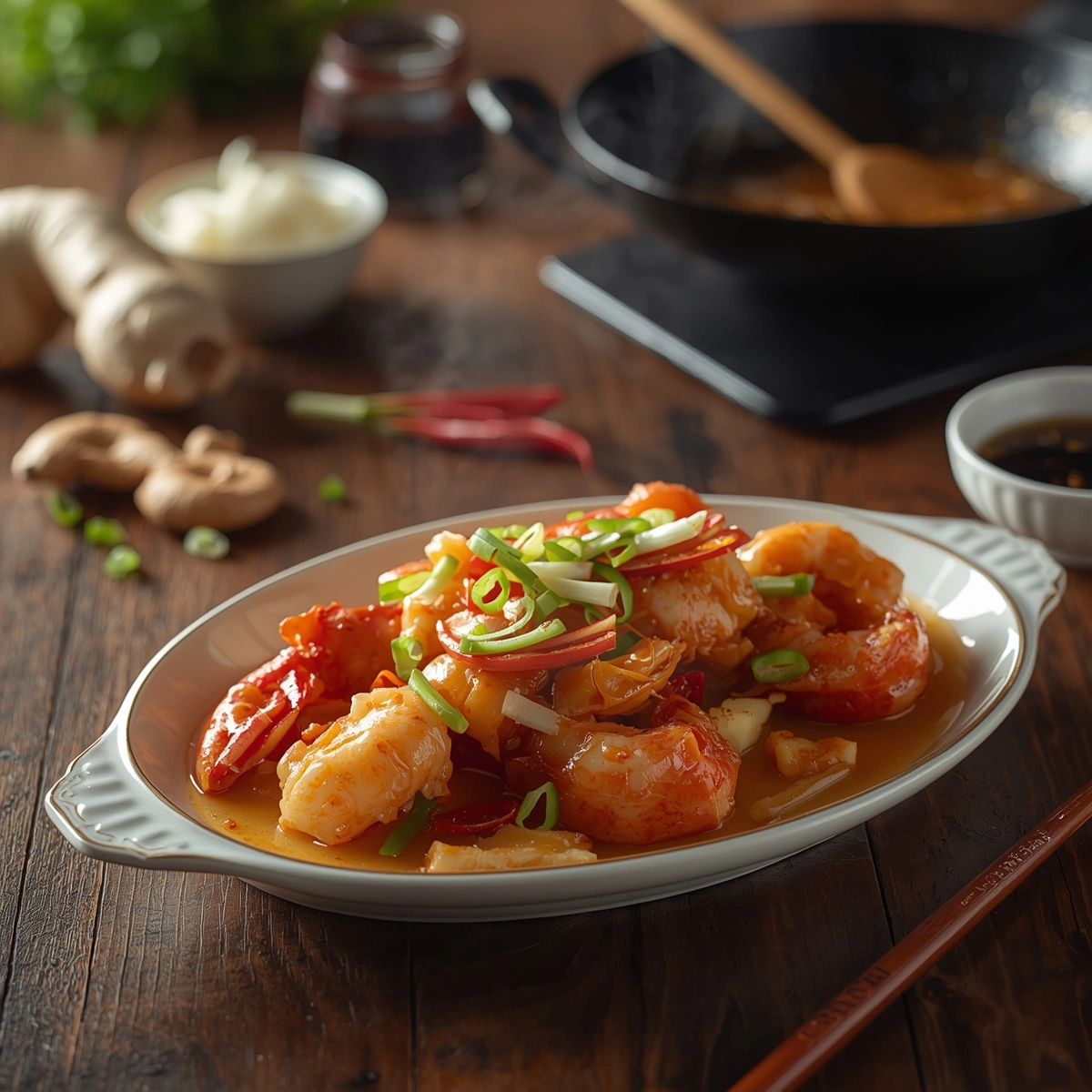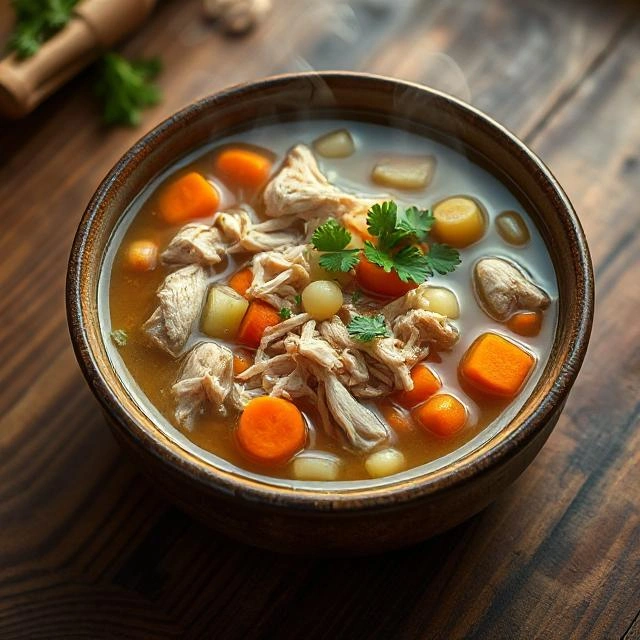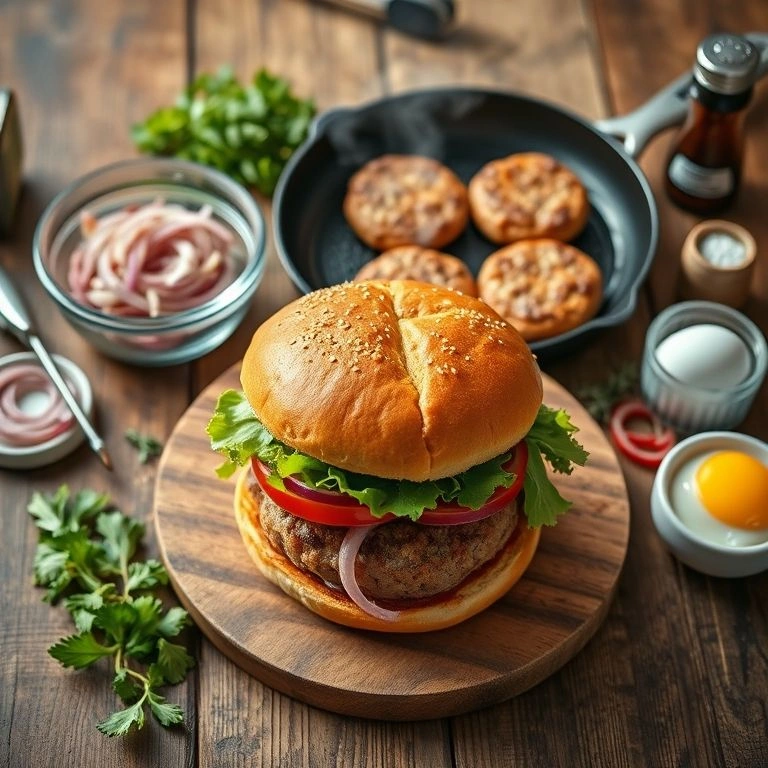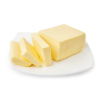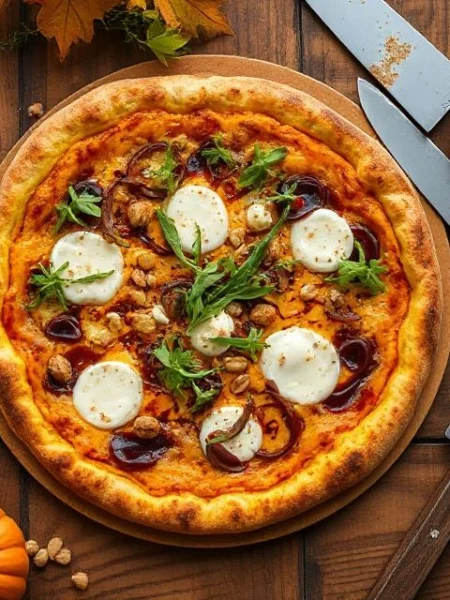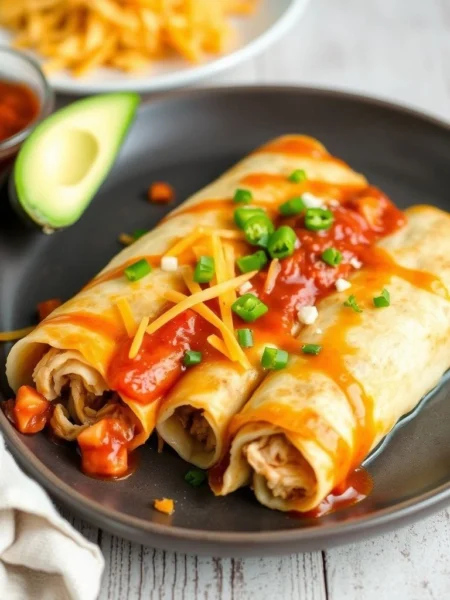Introduction
Have you ever wanted to explore German cuisine beyond the familiar bratwurst and sauerkraut? If so, you’re in for a treat! Pfefferpotthast is a traditional North German beef stew that combines tender meat, caramelized onions, and a perfect blend of spices. This hearty dish has been warming German homes for centuries, and now you can bring this culinary treasure into your own kitchen.
Unlike many complex European dishes, Pfefferpotthast relies on simple ingredients and patient cooking. Furthermore, the rich history behind this dish makes it not just a meal, but an experience of German culture and tradition.
What is Pfefferpotthast?
Pfefferpotthast (pronounced “feh-fur-pot-hast”) originates from the Westphalia region of Germany. The name itself reveals its character – “Pfeffer” means pepper, and “Pott” refers to the pot it’s cooked in. Traditionally, this dish was prepared for special occasions and family gatherings.
First of all, what makes Pfefferpotthast special is its perfect balance of flavors. The rich beef combines with the subtle heat from black peppercorns and the sweetness of caramelized onions. Additionally, the slow cooking process ensures that every bite is tender and flavorful.
Ingredients You’ll Need
For an authentic Pfefferpotthast experience, gather these ingredients:
- 2 pounds beef chuck, cut into 1-inch cubes
- 4 large onions, thinly sliced
- 2 tablespoons all-purpose flour
- 3 tablespoons butter
- 2 cups beef broth
- 2 bay leaves
- 1 tablespoon whole black peppercorns
- 1 tablespoon white peppercorns (optional, for authenticity)
- 3 cloves
- 1/4 cup white wine vinegar
- Salt to taste
- Fresh parsley for garnish
- 2 tablespoons capers (traditional, but optional)
Traditional Pfefferpotthast: Step by Step
1. Prepare the Meat
Before starting, pat the beef cubes dry with paper towels. This step ensures better browning and flavor development. Next, season the meat generously with salt.
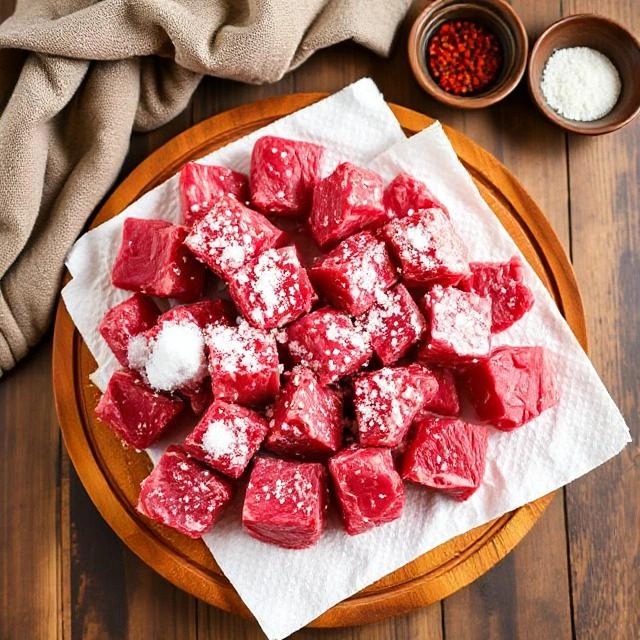
2. Create the Base
Heat a Dutch oven or heavy pot over medium-high heat. Then, add the butter and let it melt completely. Subsequently, add the sliced onions and cook until they turn golden brown and caramelized, which takes about 15-20 minutes. Stir occasionally to prevent burning.
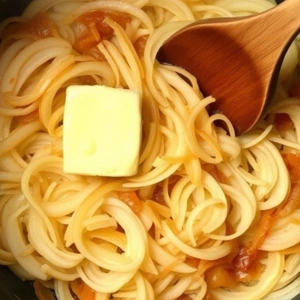
3. Brown the Beef
After the onions are caramelized, add the beef cubes to the pot. Then, brown the meat on all sides, working in batches if necessary to avoid overcrowding. Consequently, each piece will develop a rich flavor crust.
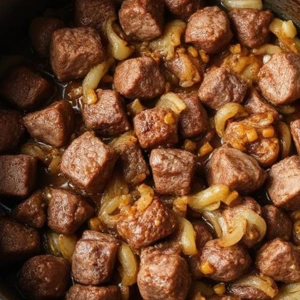
4. Build the Stew
Sprinkle the flour over the meat and onions, stirring continuously for about 2 minutes. This step will help thicken your Pfefferpotthast. Then, gradually add the beef broth while stirring to prevent lumps from forming.
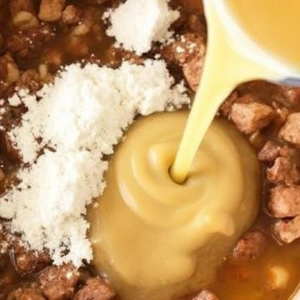
5. Add the Spices
Now, it’s time to add the signature flavors to your Pfefferpotthast. First, place the peppercorns and cloves in a tea infuser or spice bag for easy removal later. Then, add this spice package to the pot along with the bay leaves. Finally, pour in the white wine vinegar, which adds a subtle tanginess to balance the rich flavors.
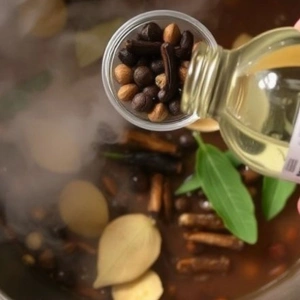
6. Slow Cook to Perfection
Bring the stew to a gentle boil, then reduce the heat to low. Cover the pot and let your Pfefferpotthast simmer for about 2 to 2.5 hours. As a result, the meat will become incredibly tender, almost melting in your mouth.
7. Final Touches
About 10 minutes before serving, taste and adjust the seasoning. Then, if using capers, add them now. Remove the spice package and bay leaves. Finally, let the stew rest for a few minutes before serving.
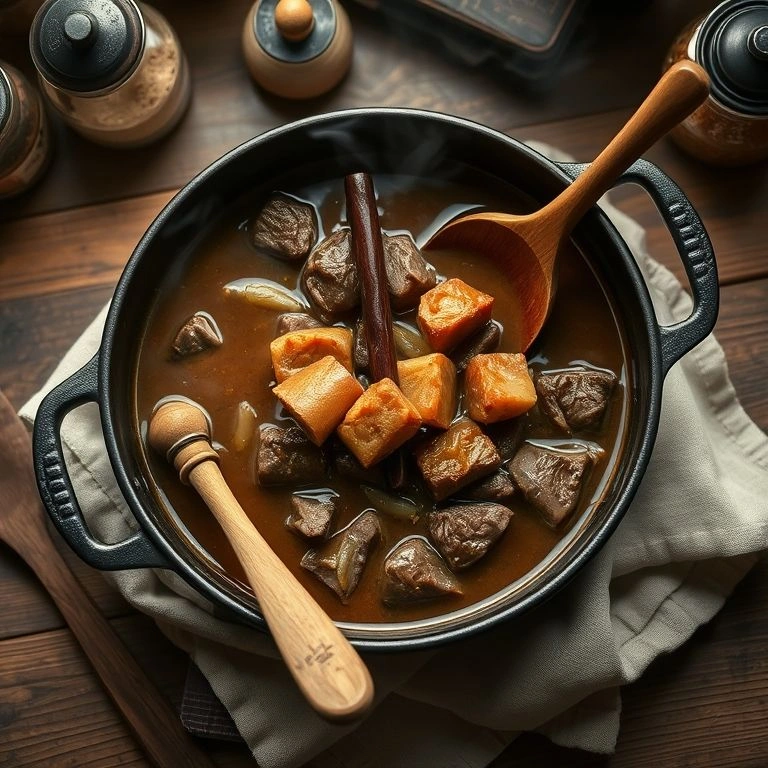
Serving Suggestions
In Germany, Pfefferpotthast is traditionally served with boiled potatoes or potato dumplings. However, it also pairs wonderfully with:
- Crusty sourdough bread for sopping up the delicious gravy
- Buttered egg noodles
- Steamed seasonal vegetables
- Sweet and sour red cabbage
Moreover, a cold German beer or a glass of dry Riesling makes an excellent beverage pairing with this hearty dish.
Tips for the Perfect Pfefferpotthast
- Choose the right meat: The success of your Pfefferpotthast largely depends on the quality of beef. Therefore, choose a well-marbled chuck or brisket for the best results.
- Be patient with the onions: The caramelized onions form the flavor foundation of this dish. Consequently, don’t rush this step – let them slowly turn golden brown.
- Control the pepper: While pepper is essential to authentic Pfefferpotthast, you can adjust the amount based on your heat preference. For a milder version, use fewer peppercorns or crush them slightly.
- Make ahead: Like many stews, Pfefferpotthast tastes even better the next day after the flavors have had time to meld. As a result, it’s an excellent make-ahead meal for entertaining.
Historical Context and Cultural Significance
Pfefferpotthast has deep roots in German culinary history. In fact, recipes date back to the 15th century. Originally, this dish helped preserve meat in the days before refrigeration, as the pepper and vinegar acted as natural preservatives.
Additionally, in Westphalia, Pfefferpotthast was traditionally served during wedding celebrations and important family gatherings. Over time, it has evolved from a preservation method to a beloved comfort food that brings families together.
Modern Variations of Pfefferpotthast
While respecting tradition, some contemporary cooks add their own twist to Pfefferpotthast:
- Mushroom Pfefferpotthast: Add 8 ounces of sliced mushrooms when there’s about 30 minutes of cooking time left.
- Root Vegetable Version: Include carrots, parsnips, or celery root during the last hour of cooking.
- Juniper Berry Variation: Add 5-6 crushed juniper berries to the spice mix for a subtle piney flavor that complements the beef beautifully.
Troubleshooting Your Pfefferpotthast
- Meat too tough? Your stew likely needs more time. Therefore, continue simmering until the meat easily pulls apart with a fork.
- Too peppery? Remove the spice bag earlier in the cooking process. Then, add a tablespoon of honey or sugar to balance the heat.
- Too thin? Mix 1 tablespoon cornstarch with 2 tablespoons cold water and stir this slurry into the simmering stew.
Conclusion
Pfefferpotthast offers a wonderful introduction to authentic German cuisine beyond the well-known favorites. Furthermore, it proves that sometimes the simplest ingredients, when prepared with care and patience, create the most memorable meals.
By making this traditional dish at home, you’re not just preparing dinner—you’re participating in centuries of German culinary tradition. So gather your ingredients, set aside an afternoon for cooking, and treat yourself and your loved ones to this comforting, historical dish.
Have you tried making other traditional German dishes? Let us know in the comments below!
Description
Discover the comforting charm of Pfefferpotthast, a traditional North German beef stew that celebrates simplicity, warmth, and deep-rooted heritage. Originating from the Westphalia region, this centuries-old dish brings together tender beef, caramelized onions, and the gentle heat of black pepper to create a flavor harmony that’s both rustic and refined. Once reserved for family gatherings and festive occasions, Pfefferpotthast captures the essence of German home cooking—rich, hearty, and soul-satisfying. Bring this timeless classic to your table and experience the taste of true German tradition.
Ingredients
Instructions
-
Prepare the Meat
Before starting, pat the beef cubes dry with paper towels. This step ensures better browning and flavor development. Next, season the meat generously with salt.
-
Create the Base
Heat a Dutch oven or heavy pot over medium-high heat. Then, add the butter and let it melt completely. Subsequently, add the sliced onions and cook until they turn golden brown and caramelized, which takes about 15-20 minutes. Stir occasionally to prevent burning.
-
Brown the Beef
After the onions are caramelized, add the beef cubes to the pot. Then, brown the meat on all sides, working in batches if necessary to avoid overcrowding. Consequently, each piece will develop a rich flavor crust.
-
Build the Stew
Sprinkle the flour over the meat and onions, stirring continuously for about 2 minutes. This step will help thicken your Pfefferpotthast. Then, gradually add the beef broth while stirring to prevent lumps from forming.
-
Add the Spices
Now, it's time to add the signature flavors to your Pfefferpotthast. First, place the peppercorns and cloves in a tea infuser or spice bag for easy removal later. Then, add this spice package to the pot along with the bay leaves. Finally, pour in the white wine vinegar, which adds a subtle tanginess to balance the rich flavors.
-
Slow Cook to Perfection
Bring the stew to a gentle boil, then reduce the heat to low. Cover the pot and let your Pfefferpotthast simmer for about 2 to 2.5 hours. As a result, the meat will become incredibly tender, almost melting in your mouth.
-
Final Touches
About 10 minutes before serving, taste and adjust the seasoning. Then, if using capers, add them now. Remove the spice package and bay leaves. Finally, let the stew rest for a few minutes before serving.
Nutrition Facts
Servings 6
Serving Size 1
- Amount Per Serving
- Calories 420kcal
- % Daily Value *
- Total Fat 26g40%
- Cholesterol 115mg39%
- Total Carbohydrate 12g4%
- Dietary Fiber 2g8%
- Sugars 4g
- Protein 36g72%
- Vitamin C 7 mg
- Calcium 45 mg
- Iron 4.8 mg
* Percent Daily Values are based on a 2,000 calorie diet. Your daily value may be higher or lower depending on your calorie needs.


